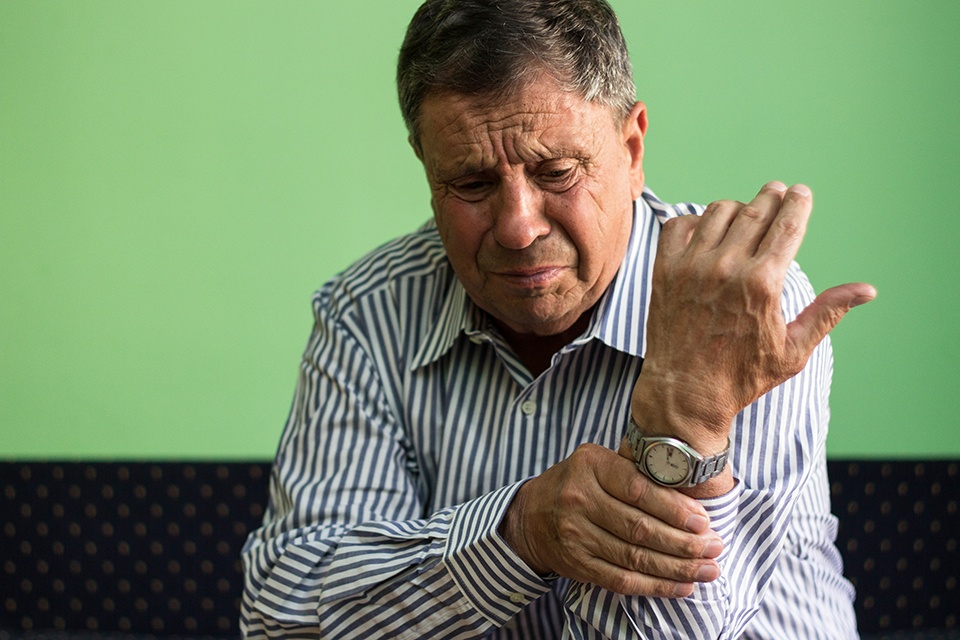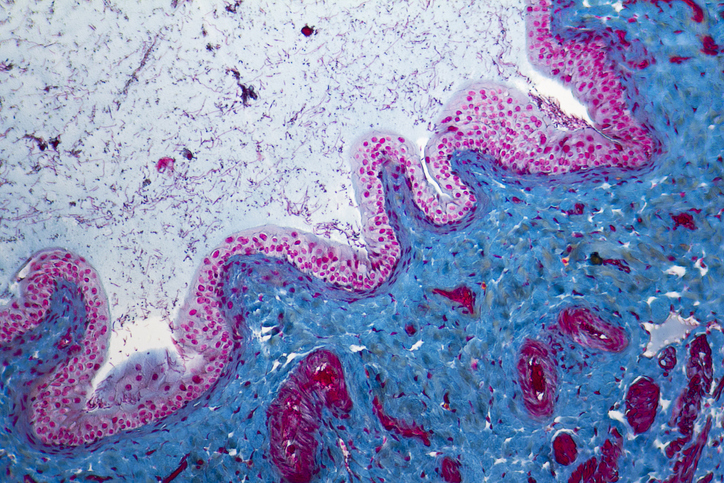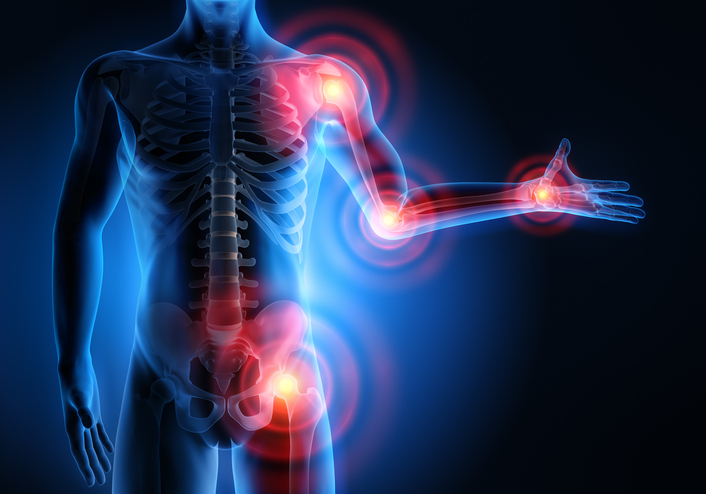
A recent study evaluated patient-reported outcomes (PROs) considered the most significant by patients with rheumatoid arthritis (RA). The results of the study were presented in a poster at the American College of Rheumatology/Empowering Rheumatology Professionals Annual Meeting in Atlanta.
“PRO measures are important indicators of disease activity yet, as their role in the evaluation of treatment effectiveness increases, little is known about the PROs that patients find most important to adequately convey their experience of disease activity, treatment effectiveness and overall health,” the researchers wrote in their poster.
This study sought to assess PROs chosen by patients with rheumatic diseases to determine which disease symptoms they felt were the most important. The information was tracked within the ArthritisPower registry.
Patients were asked to choose up to 10 PRO (symptom) measures they considered important to track their disease at baseline. At months one, two, and three, patients had the option to continue tracking their original PRO selections or add, remove, and/or choose different ones. An exit survey was distributed at month three “to prioritize all measures selected during study participation and to specify other symptoms not available that they would have wanted to track,” per the poster. Eligible participants were invited via email to take part in the study. Patients self-reported rheumatic conditions including rheumatoid arthritis (RA), psoriatic arthritis (PsA), ankylosing spondylitis (AS), systemic lupus erythematosus (SLE), osteoporosis (OP), osteoarthritis (OA), and fibromyalgia syndrome (FMS).
At the time the poster was created, the study had enrolled 292 patients, of whom 253 completed baseline assessments. Of the 253 patients with available demographic data, the mean (SD) age was 56.8 (9.3) years; 89.3% of the patients were female. Most (n = 231, 91.3%) patients were white. More than half (n = 164, 64.8%) of patients self-reported an OA diagnosis; nearly half (n = 123, 48.6% of the cohort reported an RA diagnosis. The breakdown for the remaining conditions was PsA, 26.1% (n = 66); AS, 15.8% (n = 40); SLE, 5.9% (n = 15); OP, 21.0% (n = 53); and FMS, 40.3% (n = 102). The mean (SD) number of years patients reported living with their condition was 12 (10.6). Only 36.8% (n = 93) of patients were working either full- or part-time for themselves. Common comorbid conditions included depression (n = 128, 50.6%), hypertension (n = 116, 45.8%), and hypercholesterolemia (n = 89, 35.2%); others included psoriasis, diabetes, cancer, deep vein thrombosis, skin cancer, stroke, myocardial infarction, and pulmonary embolism.
The top two baseline PRO selections were fatigue and any pain that effected function/behavior (each n = 211, 83.4%), followed closely by any mental health (n = 208, 82.2%) and physical function (n = 181, 71.5%). OMERACT RA flare was also offered as an option to the 123 patients with RA, of whom 86 (69.9%) selected this PRO.
In the pain domain, about half of patients cited pain interference and pain intensity (51% and 50%, respectively), and 43 percent cited pain behavior (43%). In the mental health domain, more than half (54%) of patients cited depression, while 44% cited anxiety, 41% applied cognition abilities, and 16% anger. In social health, 33% of patients selected social isolation, 31% ability to participate social, 15% each emotional support and social satisfaction discretionary social activities, and 9% satisfaction roles activities. For all other PROs, 65.2% of patients cited sleep disturbance, 57.3% duration joint morning stiffness, and 10.7% sexual function.
The study authors summarized, “The most frequently selected PROs at baseline included fatigue, aspects of pain, aspects of mental health, physical function, sleep disturbance, aspects of social health, and duration morning joint stiffness. These findings provide insights into the symptoms that rheumatology patients find most important and will be useful to inform the design of future patient-centric clinical trials and the generation of real-world evidence.”







 © 2025 Mashup Media, LLC, a Formedics Property. All Rights Reserved.
© 2025 Mashup Media, LLC, a Formedics Property. All Rights Reserved.